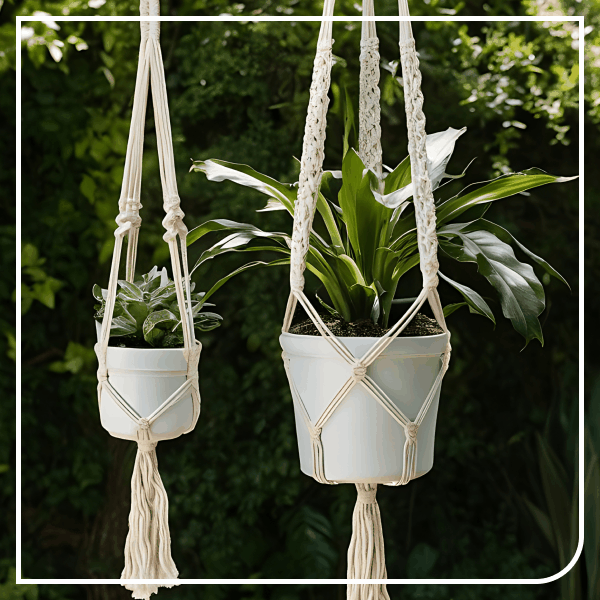
Father's Day gifts:
Let us guide you!

Make your outdoor space truly yours
Paints, macramé, and creative projects under the sun.



Paints, macramé, and creative projects under the sun.

Enter postal code for
delivery
Please enter a postal code in the format of A1A 1A1.